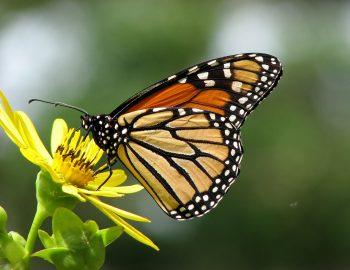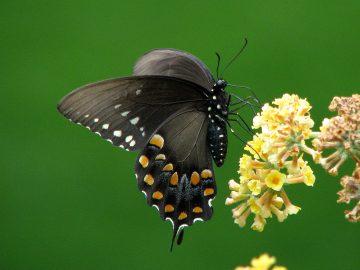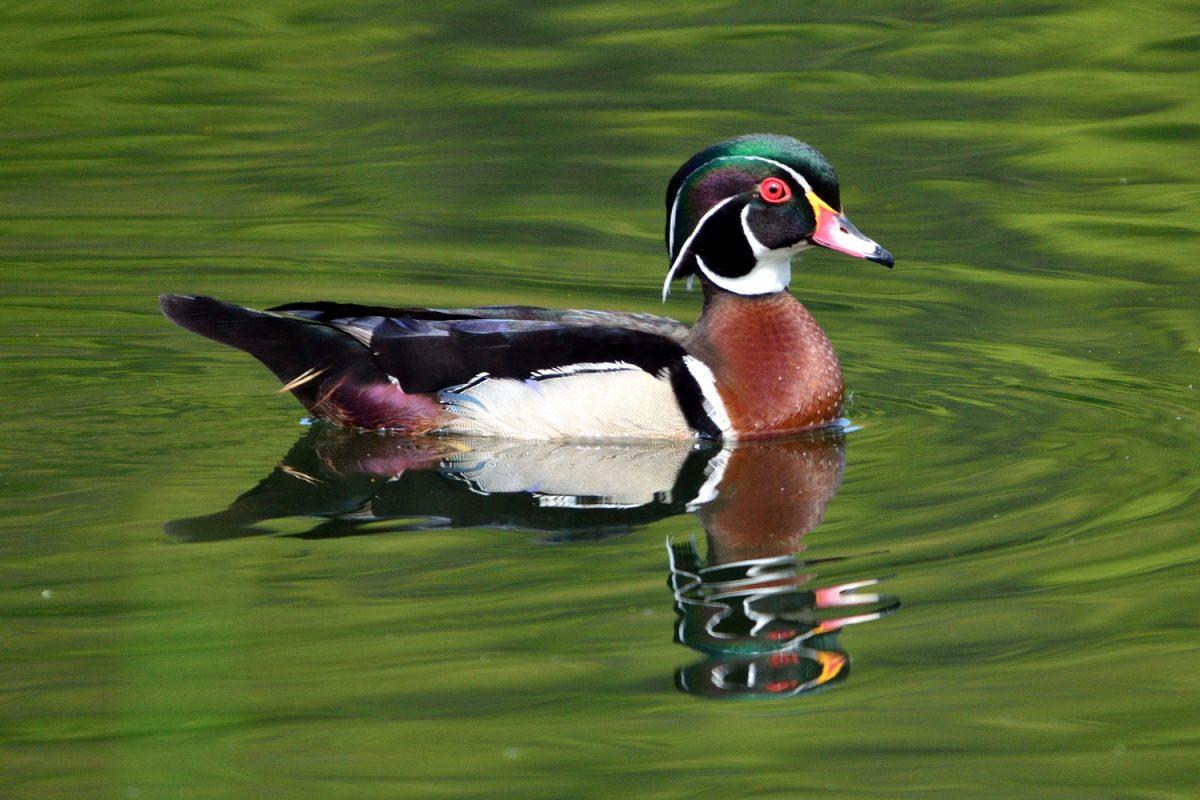by Bob Yukich, updated September 2022
With its varied habitats and ease of access, High Park is an excellent place to observe butterflies within the heart of the city. To date, 86 species have occurred here – over half of those recorded in the entire province. At least 74 butterfly species have been found in High Park since the 1980s, and 40 or more of them breed here annually. Another 12 species are known only from historical records (pre-1980s).
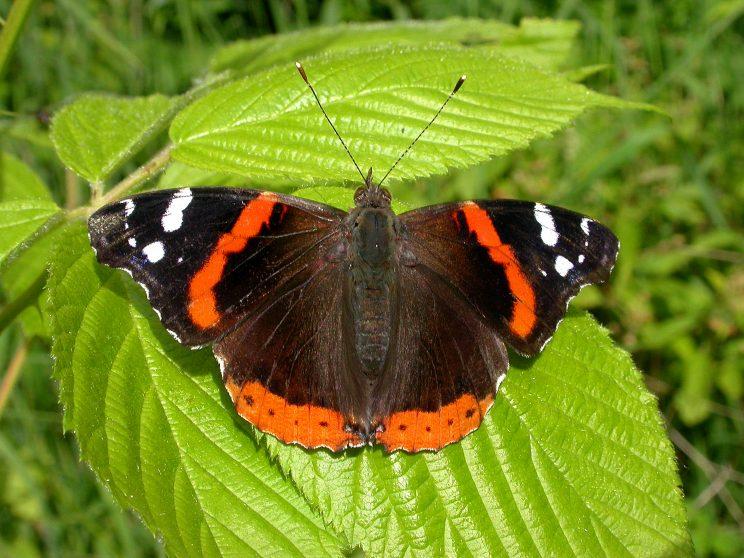
High Park lies at the north-easternmost edge of the Carolinian Zone. The recently restored black oak savannah, lush with wild lupines, woodland sunflowers and prairie grasses, provides nectar for adult butterflies and host plants for their caterpillars. Several species of small grass-skippers breed here, including Delaware and Crossline Skippers. It is also home to larger showy species such as Eastern Tiger Swallowtail and the less common Spicebush Swallowtail. The latter is at the northern limit of its range in High Park and uses the abundant sassafras, a Carolinian tree species, as its host plant.
Oaks, the signature trees of High Park, are the caterpillar host plants for the tiny and occasionally numerous Banded Hairstreak (and until recently, Edwards’ Hairstreak which disappeared from the park in the mid-1990s – it prefers oak saplings, and at that time very few oaks were regenerating). The caterpillars of the less common Juvenal’s Duskywing also feed on oaks. Northern Cloudywing and Eastern Tailed-Blue, both common throughout the park, lay their eggs on native tick trefoils. Silvery Checkerspot has been seen on rare occasions; its caterpillars feed on composites such as woodland sunflower.
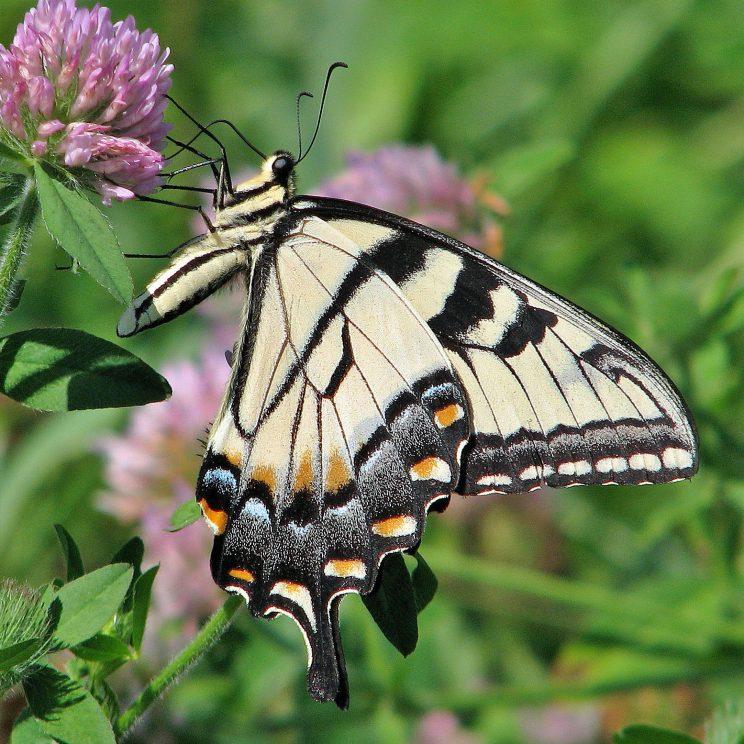
Both Silvery Blue (from the north) and Wild Indigo Duskywing (from the south) arrived in the park in the late 1990s during range extensions following the spread of their adopted host plants, cow vetch and crown vetch respectively. Wild Indigo Duskywing caterpillars will also feed on wild lupine.
There have been rare sightings of Bronze Copper, Broad-winged Skipper and Black Dash, all wetland species, along the re-vegetated shores of Grenadier Pond. With continued efforts to improve wetland habitat within the park, any of these species could one day become permanent residents.
During late summer and fall the ornamental gardens in High Park are a magnet for butterflies, especially if nectar sources in the wild have dried up. Migrating Monarchs, Red Admirals, Question Marks and Painted Ladies and are more easily observed at this time of year, especially while gorging themselves on nectar-rich sources such as butterfly bush.
In most years Fiery Skippers from the southern U.S. arrive in High Park in late summer or early fall – look for them in flower beds where they also breed. Their caterpillars feed on turf grass. Rarer southern butterflies have also been found nectaring in High Park’s ornamental gardens at this time of year. Both Long-tailed Skipper and Ocola Skipper have been seen once.
Sources
See also
- Butterflies of High Park - Gallery
- Butterflies of High Park, Annotated List September 2022. Source: Bob Yukich
- Annual Butterfly Count - Results of Toronto Centre Butterfly Count, High Park Route
- Monarchs in High Park
- Butterflies of Toronto, Biodiversity Booklet Series, Biodiversity in the City
- ON Nature Butterflies and Moths guide

